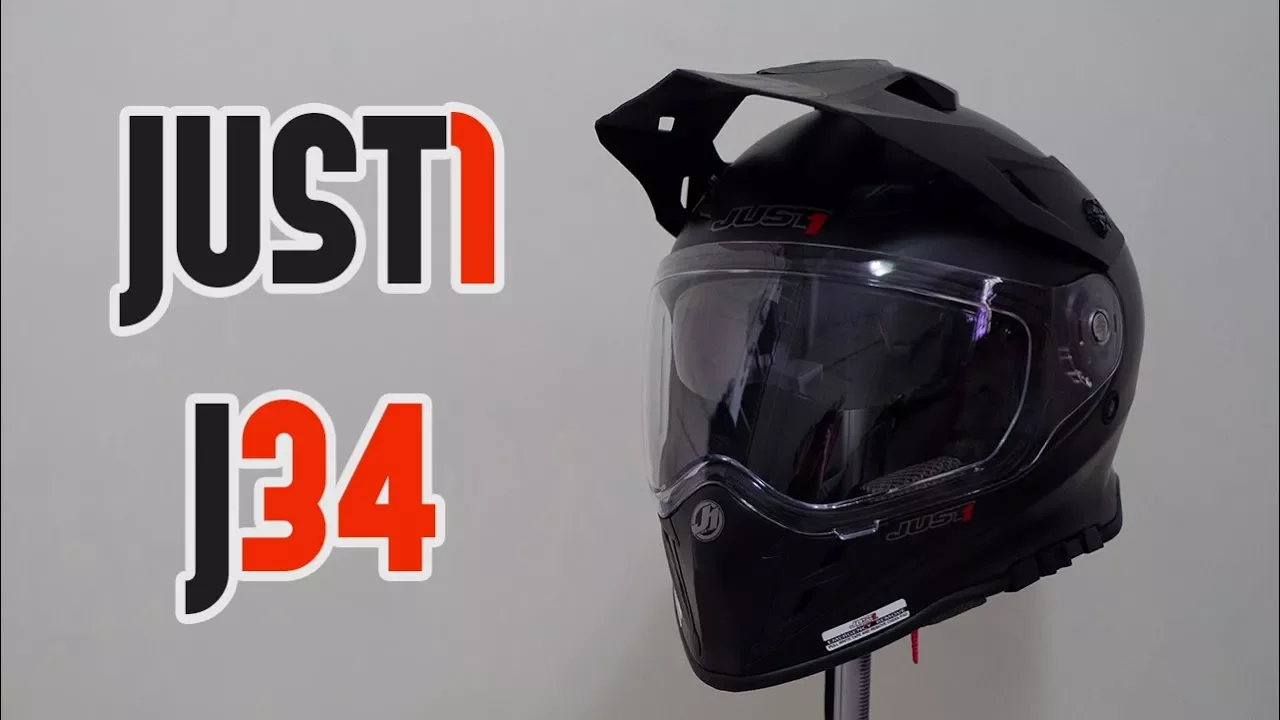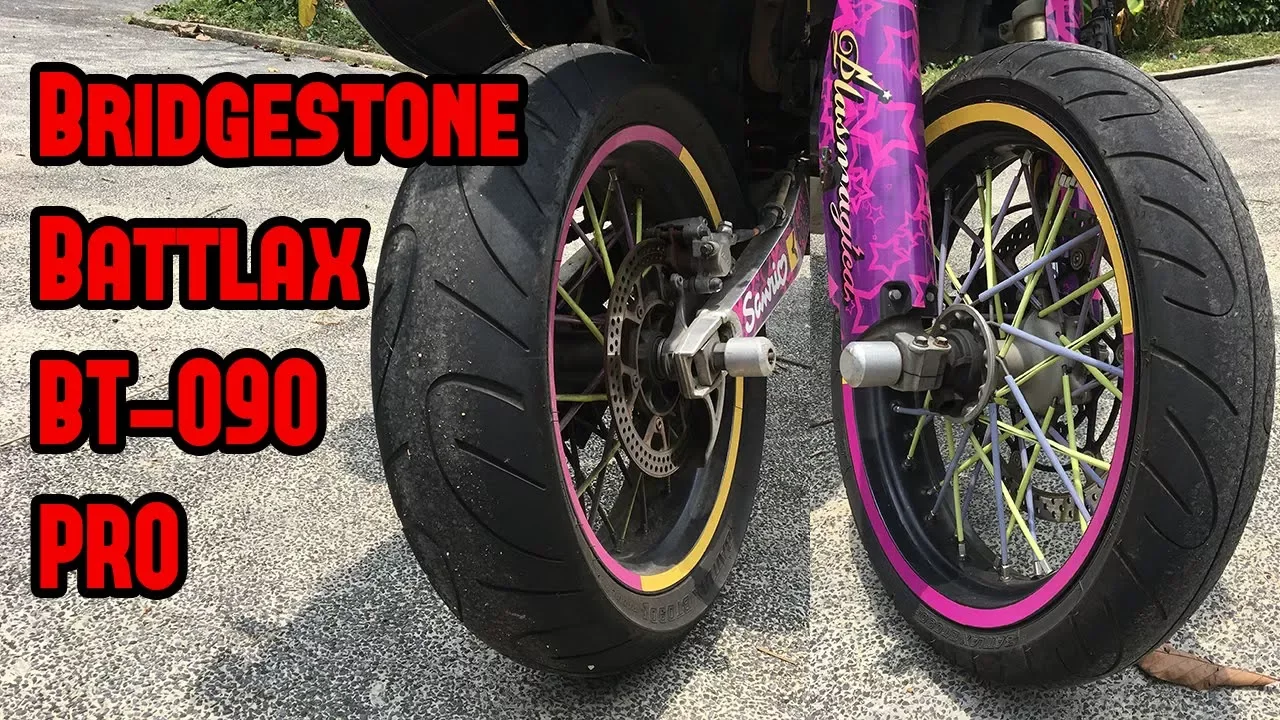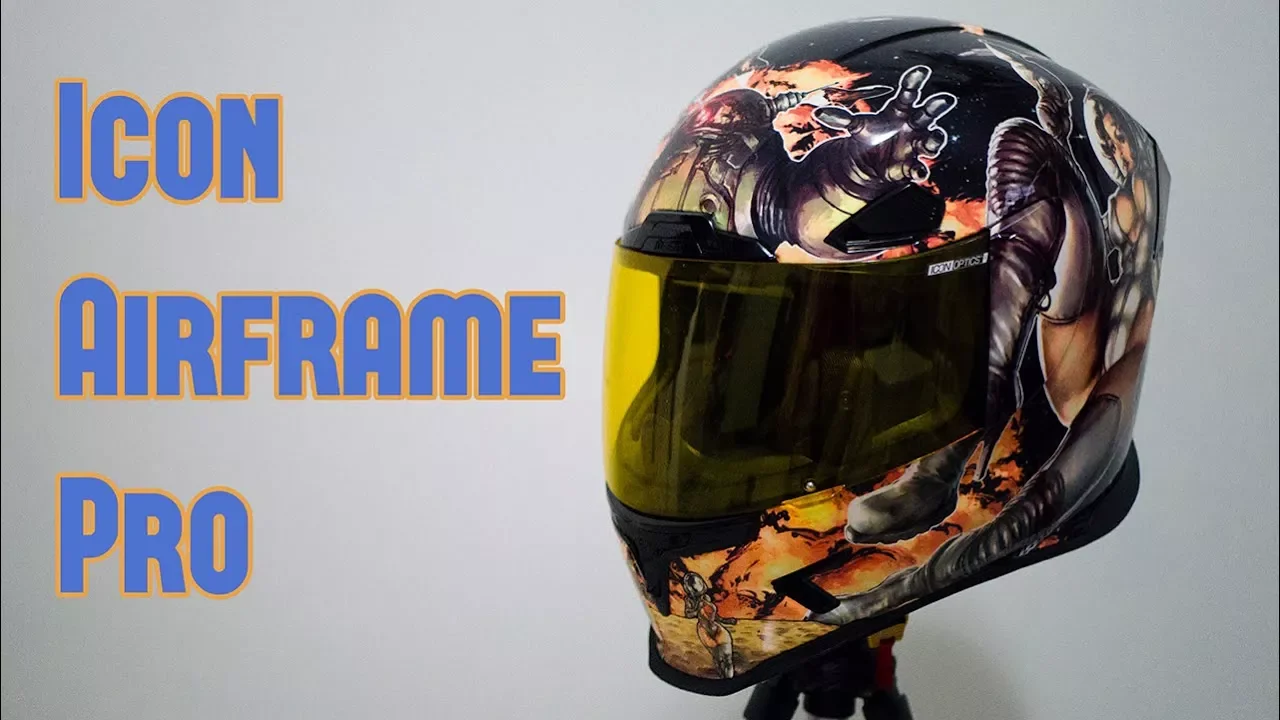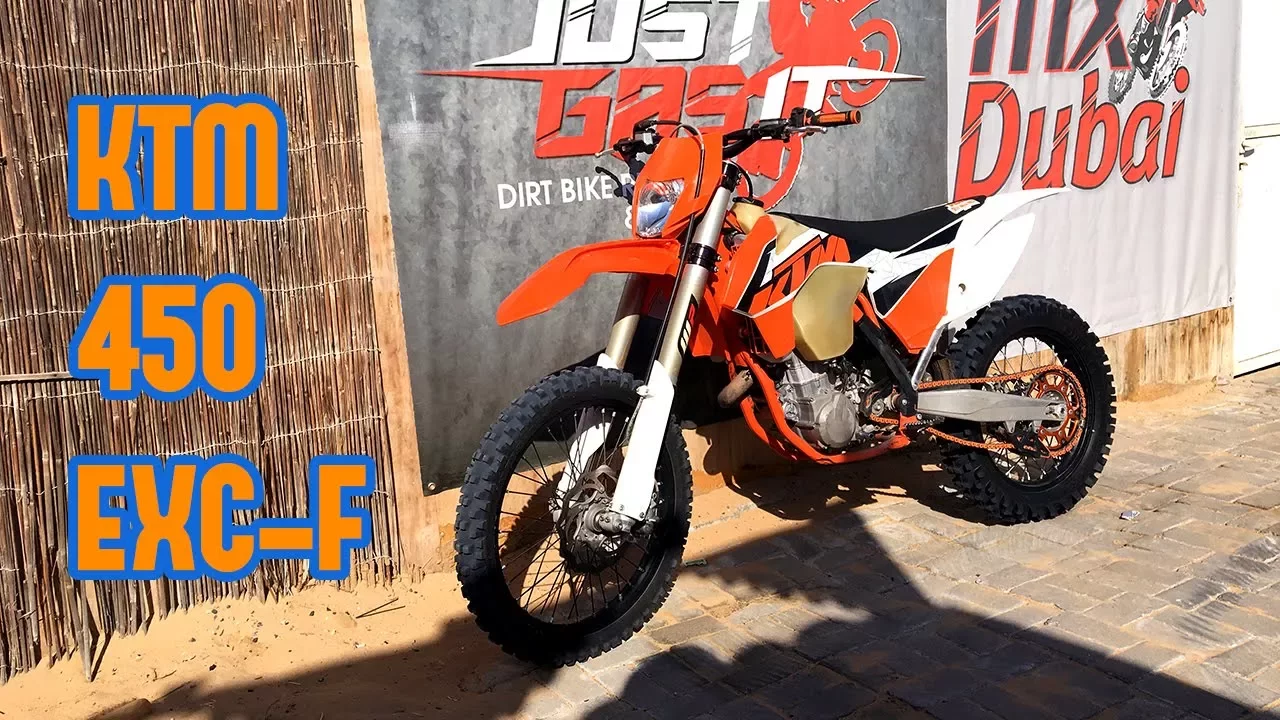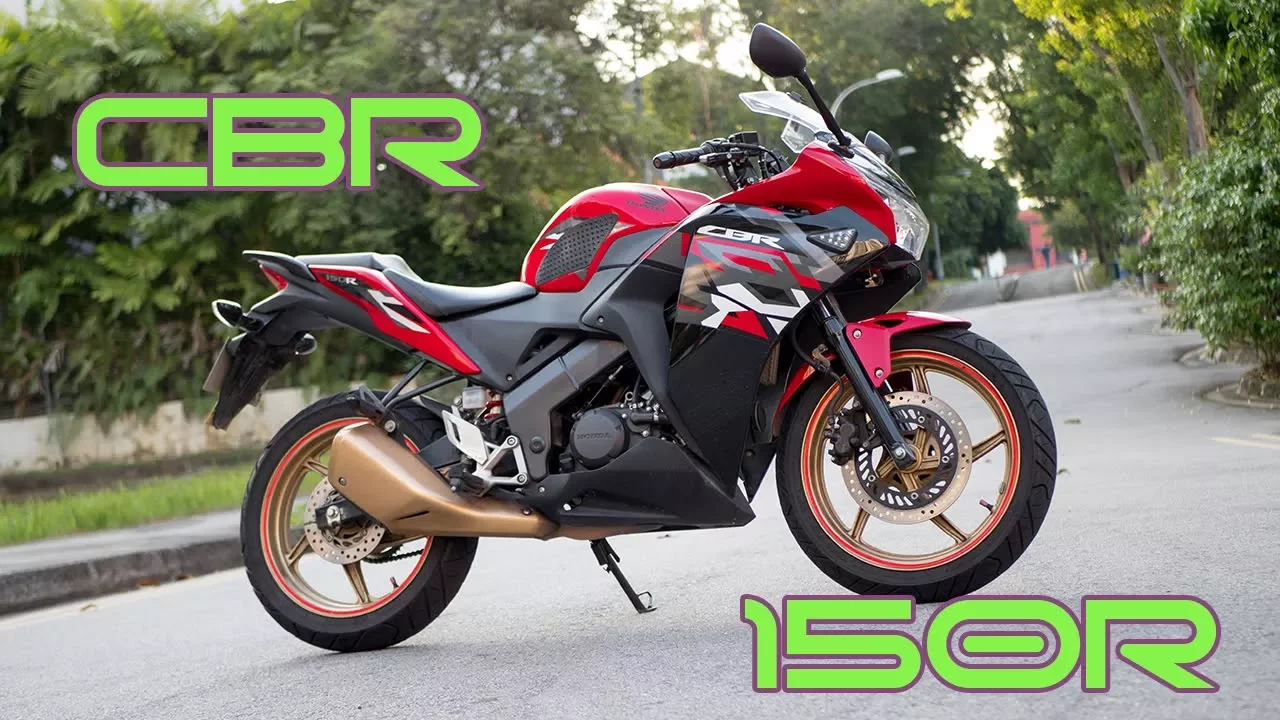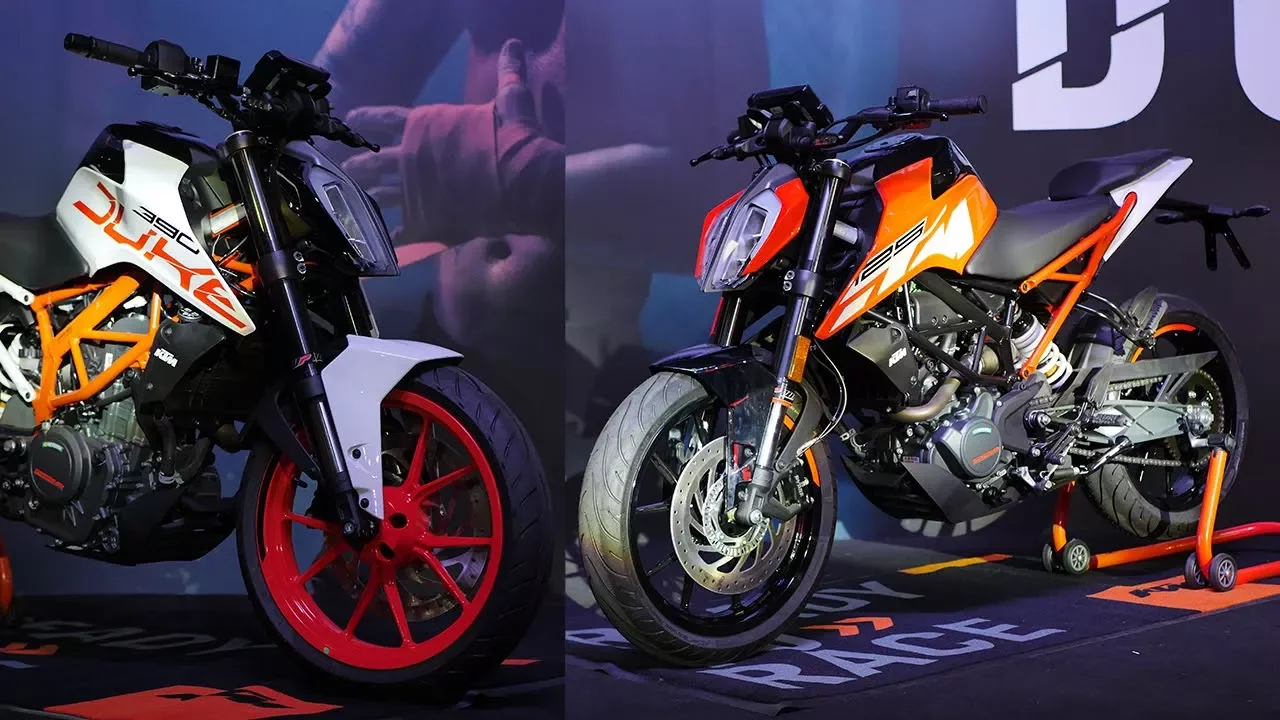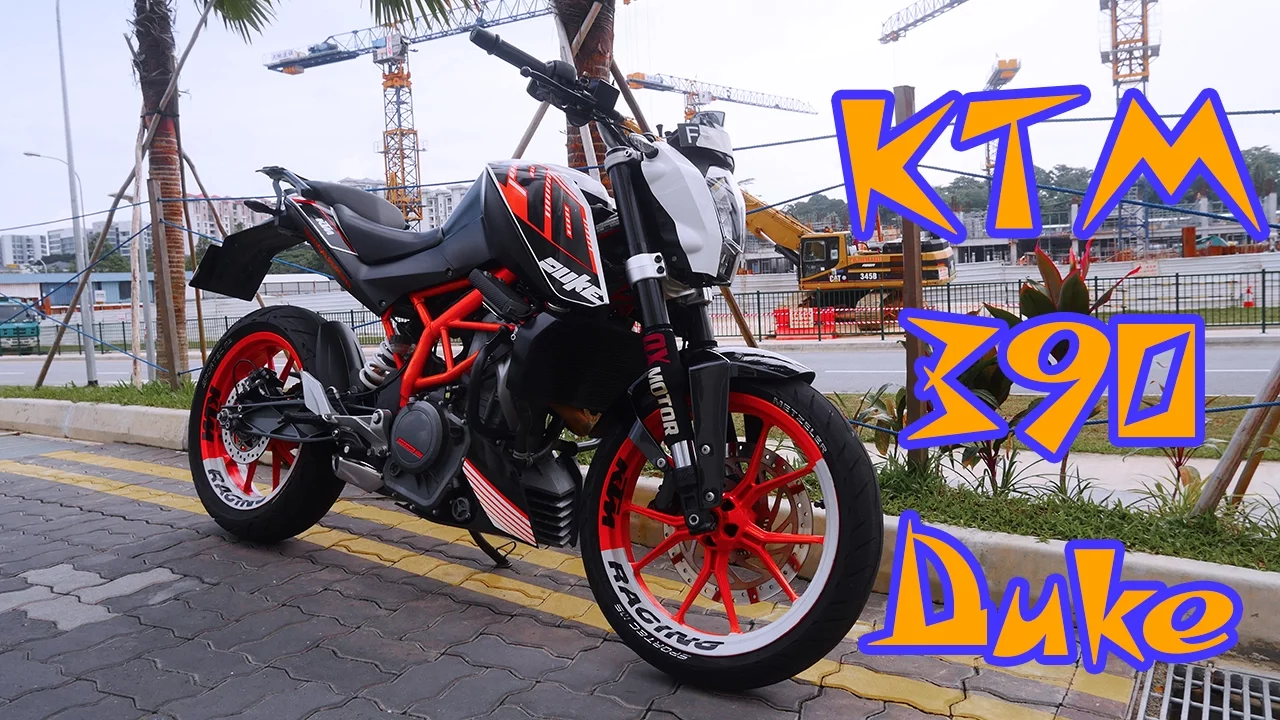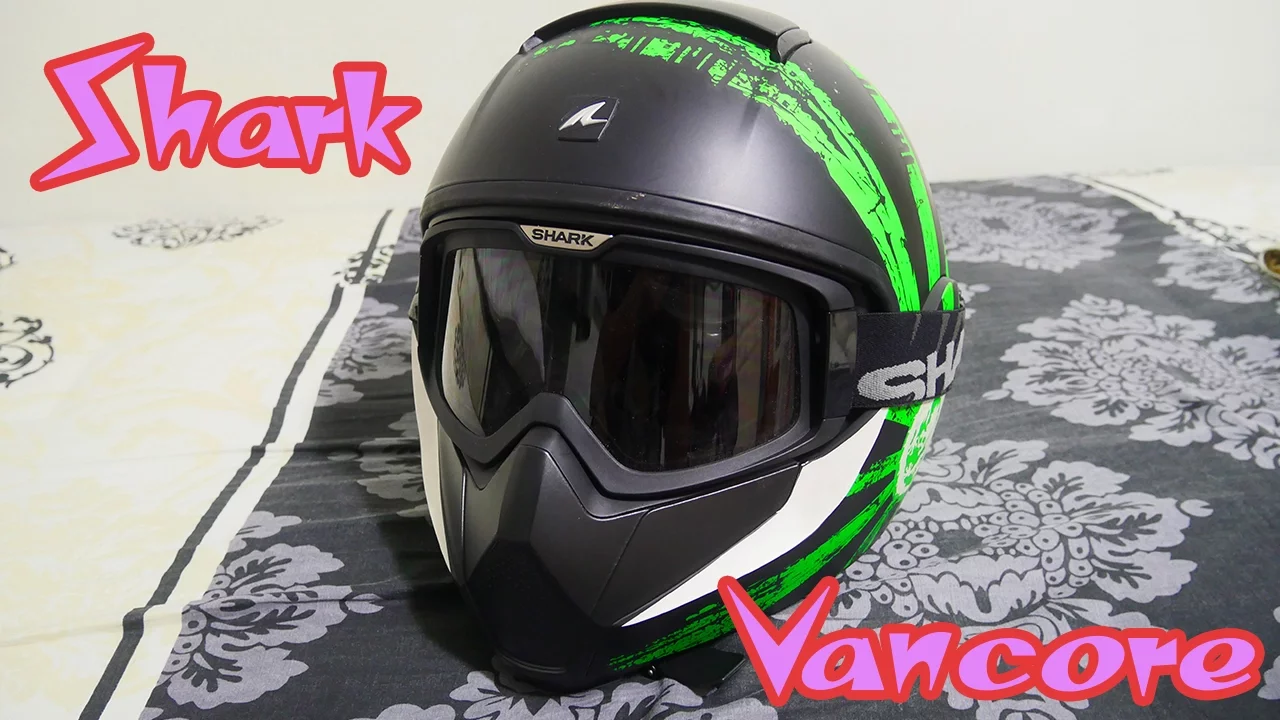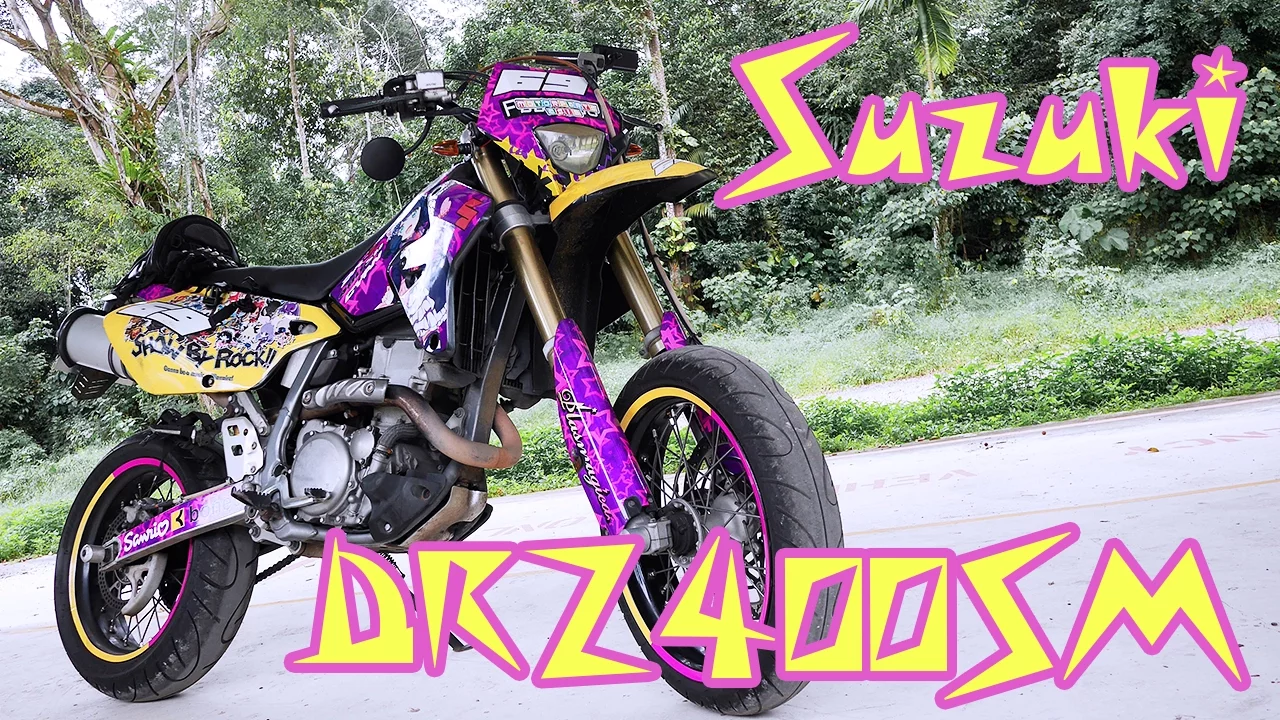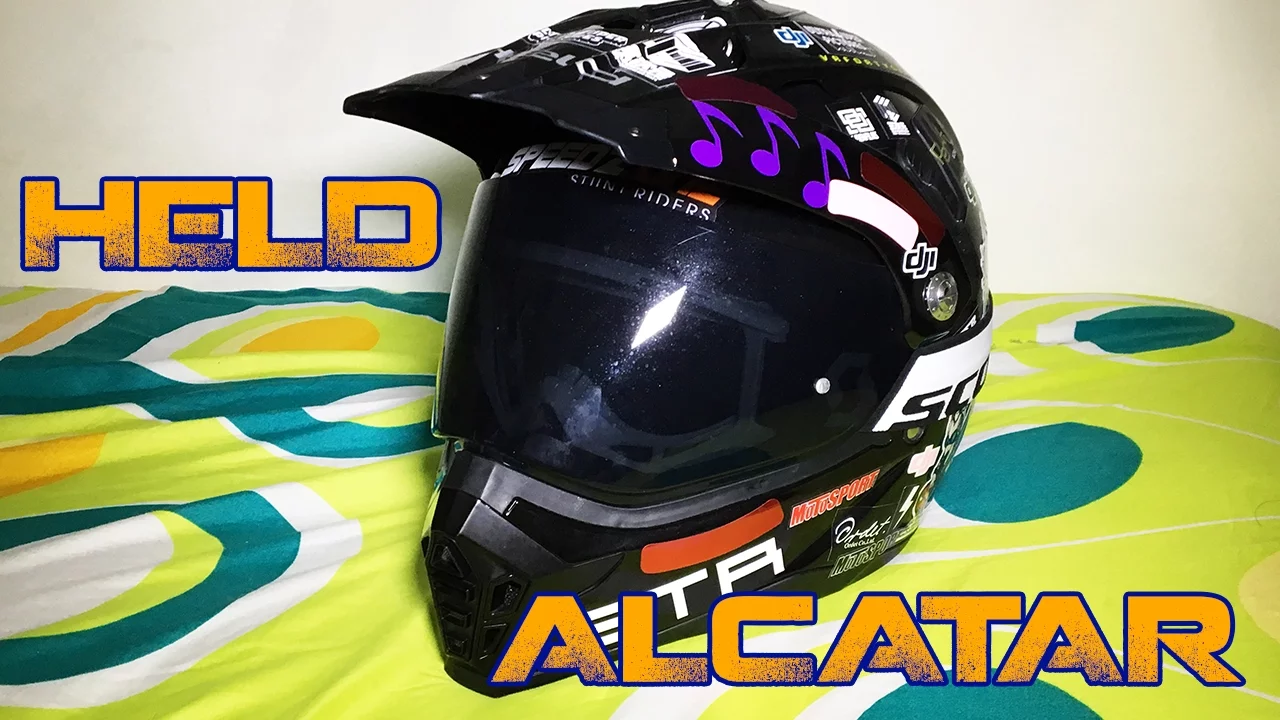The JUST1 J34 is a lightweight, affordable dual sport helmet that bridges the gap between motocross performance and everyday street practicality. After weeks of hands-on testing, here’s a detailed breakdown of what makes the J34 a compelling choice for city commuters, ADV explorers, and budget-conscious bikers in Singapore.
Construction & Features
- Shell: Lightweight ABS thermoplastic shell, weighing around 1.2–1.3 kg (significantly lighter than many dual sport lids)
- Ventilation: Excellent across the front and top, with large intake and exhaust ports; effective at cooling on slow and high-speed rides
- Sun Visor: Drop-down mechanism (manual slider) is robust if a bit stiff, providing sun/glare protection for tropical riding
- Face Shield: Anti-fog coated, offers secure sealing, and can be “cracked” open for extra airflow; easy to remove and swap
- Modular Use: Helmet can run with or without peak and/or visor, adapting for motocross, enduro, touring, or full-face street riding
Fit, Comfort & Interior
- Liner: Moisture-wicking, fast-drying material similar to dry-fit sportswear; comfortable, though textured and not as plush as some premium brands
- Cheek Pads: Emergency removal system pulls pads out easily for safer accident extraction
- Chin Strap: Standard double D-ring with slightly short length; may be tight for those with thick necks
- Shape: Tailored to rounder head shapes—fits most Asian riders well, but can feel tight or claustrophobic for those with longer or more pronounced noses
This helmet punches above its price class for ventilation, flexibility, and quick-drying ability—ideal for Singapore’s muggy conditions or intensive off-road sweat sessions.
Road and Offroad Performance
- Weight: Ultra-lightweight for the category, reduces neck fatigue on long rides or rough ADVs
- Peak: Adjustable/removable; adjustability works but uses a basic plastic knob which is prone to wear/breaking—metal replacement recommended for longevity
- Vision: Goggle-compatible, wide aperture; transformable for pure off-road or street-focused riding
- Wind Noise: Noticeably loud, especially above 80–90 km/h, with air turbulence and “vortex” effect around the ears
Downsides & Value
- Wind Noise: Not ideal for extended highway runs or high-speed street use—best with earplugs or lower speeds
- Component Quality: Plastic peak adjustment knob may strip with repeated use; proactively replace with metal if possible
- Price & Finish: Outstanding value at S$190–200; finish quality is high for the price, with only minor plastic bits feeling lower grade
Who Should Buy the JUST1 J34?
- Dual sport and adventure enthusiasts needing a lightweight, all-purpose helmet
- Urban commuters who want a cool, quick-drying lid for Singapore’s heat
- Budget-focused riders who want premium features for less
- New riders seeking flexible goggle compatibility and different riding configurations
Final Thoughts
The JUST1 J34 Dual Sport Helmet packs high-end versatility, weight savings, and ventilation into an ultra-budget-friendly package. While wind noise and some plastic bits demand small compromises, its flexible design, emergency cheek pad system, and adaptable fit make it one of the top value choices for city and off-road riding in Southeast Asia.

